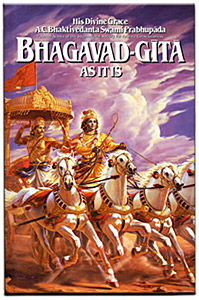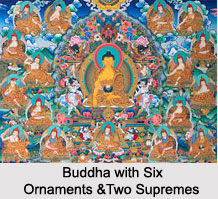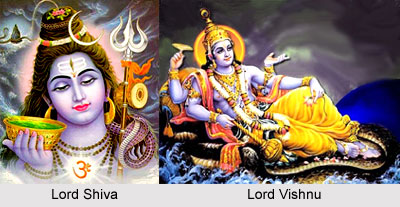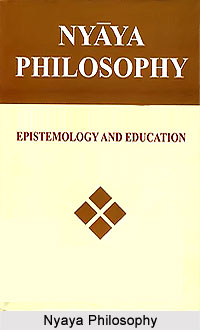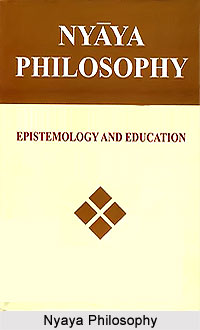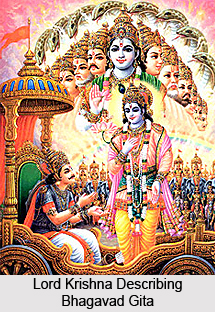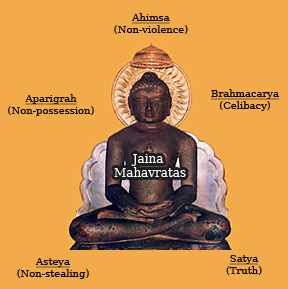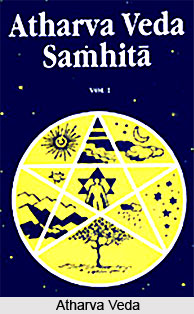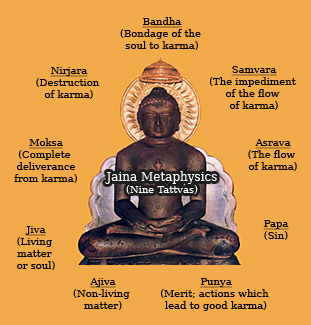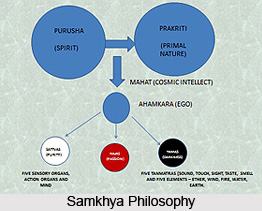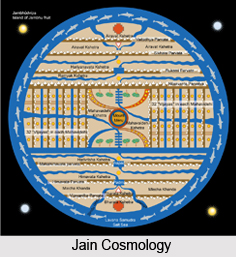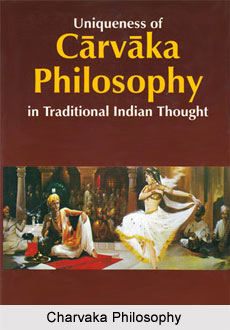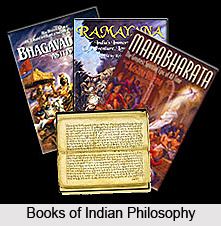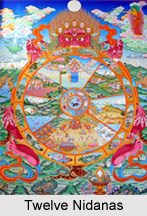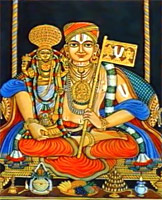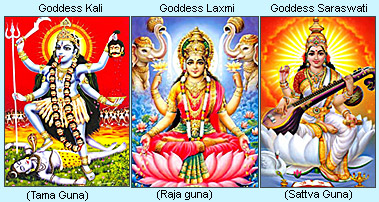 Gunas of Mother Goddess form the basis of the social order and of the people`s participation in the pujas. Approaches to God differ from one gun to another. The concept of the three Gunas has been conceived as offshoots of Maya, the Divine Mother and Ambika. Satvik gun is the way of Vaishnavas. This is worship without animal sacrifice. It is purely devotional in which the worshipper does not demand anything for himself. Raja gun is worship with pomp and insistence on power. The ego thereby stressing the self aims to derive many benefits from the Puja. Tama gun is the Puja of the householder who wants everything from the deities in order to carry out his regular duties.
Gunas of Mother Goddess form the basis of the social order and of the people`s participation in the pujas. Approaches to God differ from one gun to another. The concept of the three Gunas has been conceived as offshoots of Maya, the Divine Mother and Ambika. Satvik gun is the way of Vaishnavas. This is worship without animal sacrifice. It is purely devotional in which the worshipper does not demand anything for himself. Raja gun is worship with pomp and insistence on power. The ego thereby stressing the self aims to derive many benefits from the Puja. Tama gun is the Puja of the householder who wants everything from the deities in order to carry out his regular duties.
According to the sattva gun world is an illusion. Satvik Kali Puja is the worship which has no animal sacrifice, liquor and Tantric symbolism. This worship concentrates on the benign aspects of Goddess Kali who is represented without the garland of skulls and the blood that is generally associated with Tamasik worship. She destroys ignorance. Goddess Saraswati spreads the message of gathering knowledge. Goddess Lakshmi spreads the message to actively pursue life pursuits, enjoy prosperity and be spiritually inclined. The three qualities of Mother Goddess define the whole of creation. The goddess herself is an illusion which again characterizes the world. She engages in cosmic play thereby giving rise to birth and death which is the ultimate process of creation. The goddess and her qualities are different ways of defining the same totality. The goddess is defined in relation to the male principle which has been expressed through various divinities in different ideologies.
If there are Satvik, Rajasik and Tamasik ways of doing a Puja, the act of performance is accomplished thereby bringing about the state to which the category is referred. Rajasik pujas bring about power, Tamasik pujas help with the problems of daily life. A Tamasik deity is considered to grant liberation. Shakti pujas of desire, power, and pride may be performed in the way of love and Bhakti. The progression from Tamas to Rajas to Sattva guna is the process to freedom from rebirth.


